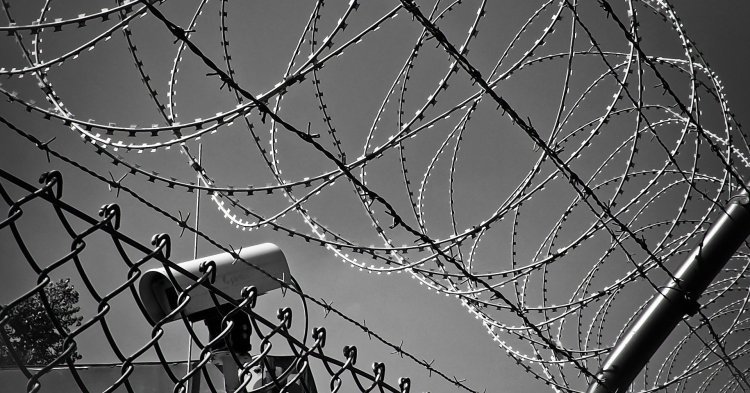Taking into account the large and increasing number of migrants in the world, on 18 December 1990, the UN General Assembly adopted the International Convention on the Protection of the Rights of All Migrant Workers and Members of Their Families.
On this year’s International Migrants Day, let us seize the opportunity of the recovery from the pandemic to implement the Global Compact for Safe, Orderly and Regular Migration, reimagine human mobility, enable migrants to reignite economies at home and abroad and build more inclusive and resilient societies – UN Secretary-General António Guterres [1]
In 1961, a wall that would divide Europe and the world for almost three decades was built. On one side, communism, on the other, liberalism. Berlin was the centre of the confrontation between East and West in a duel that has shaped the international stage of our times.
In recent weeks, Europe has witnessed the desperation of thousands of migrants on the border between Poland and Belarus. Alexander Lukashenko’s hybrid war against the Old Continent has destabilised the European Union, which, apart from a few comments, is just standing by, once again, watching the despair of thousands of migrants now facing the harsh cold of Northern Europe. Trapped between fences and walls in an icy region, families are looking for solutions to Lukashenko’s false promises.
Since the fall of the most striking wall in history, Europe has built over a thousand kilometres of fences, walls, and ditches. It is nonetheless curious that vehement criticism of Trump’s wall from Europe, which had already been addressed by several presidents prior to the Twitter-loving diplomat, now materialises in the funding of clear divisions on European soil. In the decades since the demolition of the Berlin Wall, Western Europe has travelled an almost continuous path of integration and relative peace. It marked the end of fear building and the beginning of the formation of a “space of joy”, a space increasingly closed to those desperately seeking safe entry. Memories of the Berlin division travel around the world to remind us of the victory of democracy, but also as a reminder of the fall of other barriers. Yet, we still live in an increasingly broken and locked Europe.
We cannot truly live in peace while thousands suffer just outside our borders. Contrary to popular belief, peace means much more than just the absence of conflict, and the truth is that humanity has been at war with itself for centuries. We have never lived in a decent world and that idea seems ever closer to a utopia. More than intelligence, we need compassion, for without the expression of this virtue that is present in every human heart, life will continue to be violent. As long as men and women die, freedom will never perish, because while history continues to be written, acts of pure altruism will not be forgotten.
Now, there are sixteen walls or ditches beginning at the Spain-Morocco border, getting much worse in Central European countries like Hungary or Slovenia, and extending to the European borders with Russia and Belarus. Even in Calais, structures have been set up to prevent passage into the United Kingdom. Of the 27 member states, more than a third have man-made physical barriers, ten of which were built during or after the 2015 migration crisis, the year with the largest influx of refugees since World War II. The intention of some of these 27 could not be clearer.
Faced with a lack of consensus on the distribution of migrants through quotas, more immediate solutions were implemented, erecting barriers. Hungary was a pioneer and Viktor Orbán was the driving force behind Fortress Europe, a strategy of fortifying land borders that now encompasses European agencies, national border police and endless kilometres of physical barriers. While some political leaders are ashamed of the proposed EU funding for fences, the truth is that they still exist on countless borders.
Perhaps it is important to look at times behind us. The brick of Berlin has now given way to barbed wire, and together Europe’s new fortresses amount to six Berlin Walls. However, throughout the history of humanity, every wall erected has eventually been demolished. Some took longer than others, but all of them eventually collapsed. The solution is far from easy and consensual, but the European Union should not forget its humanity. We can deal with this crisis in a humane way if we want to. We are writing history now and, if we continue in this direction, we will be remembered as those who deprived millions of desperate human beings of their freedom. We must genuinely consider the grave situation at hand and somehow find a solution, because a wall has never been, and surely never will be, the best way forward.


Follow the comments: |
|
